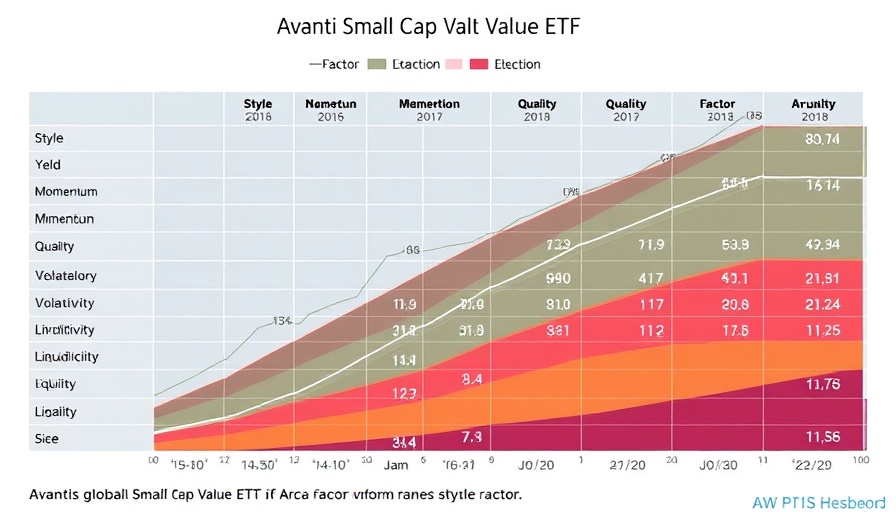
Unlocking the Potential of Small Cap Value Stocks: An Overview of AVSG
Small cap value stocks have long captivated investors due to their potential for significant returns. These are the undervalued gems—companies often overlooked by larger market players. The hypothesis is that buying these stocks can lead to outperformance, especially when investing in funds that select smaller, seemingly less attractive companies. The Avantis Global Small Cap Value ETF (AVSG) is a timely option for those looking to capitalize on this lucrative niche.
Capitalizing on the Value Premium
Historically, small cap value stocks have outperformed their larger counterparts, as evidenced by data dating as far back as 1927. The research indicates that holding small cap value stocks can yield an average excess return of 2% annually compared to the broader market. This performance is often linked to the intrinsic risk associated with smaller firms, which tends to reward patient investors who recognize hidden value.
The All-in-One Solution for DIY Investors
For many investors, the challenge has been finding a small cap value fund that checks all boxes: global diversification, a research-backed investment process, and reasonable fees. AVSG addresses those concerns, offering a solution that aligns with the current market demand while being accessible and transparent. The ETF is structured to capture both the size and value traits effectively while mitigating risks typically associated with value investing.
The Importance of Investment Transparency
What sets AVSG apart is its commitment to a clear investment philosophy. By applying rigorous screens—like profitability metrics—the ETF aims to reduce the possibility of value trap situations, where investors are enticed by low prices but high risks. This proactive management is vital to differentiate AVSG in the marketplace.
Looking Ahead: The AVSG Advantage
While AVSG is still new, having launched in September 2024, its potential is intriguing for investors with a long-term horizon. The combination of a focused strategy and an evidence-based approach enables it to stand out. Investors should remain observant of its early performance while considering the broader implications of a global small cap value strategy.
Why Now is the Time to Take Action
For financial institutions and service providers, the shift towards recognizing small cap value as a solid investment strategy is clear. The launch of AVSG presents a unique opportunity to engage with an evolving market segment. Whether you’re looking to diversify portfolios or introduce innovative investment products, understanding the dynamics of small cap values is essential. Seize this moment to analyze how AVSG fits into your investment strategies.
 Add Row
Add Row  Add
Add 




Write A Comment